Hattatsu Mairi: Sumiyoshi Taisha’s Good Luck Festival
Throughout the year Sumiyoshi Taisha is host to a great number of festivals and events, including a “lucky day” called Hatsutatsu Mairi, or Hattatsu Mairi. A popular festival with local business people, Hattatsu Mairi is very old, and a long held tradition in Osaka. Who knows, maybe this festival is part of the reason why Japanese people think people from Osaka are often good business people!
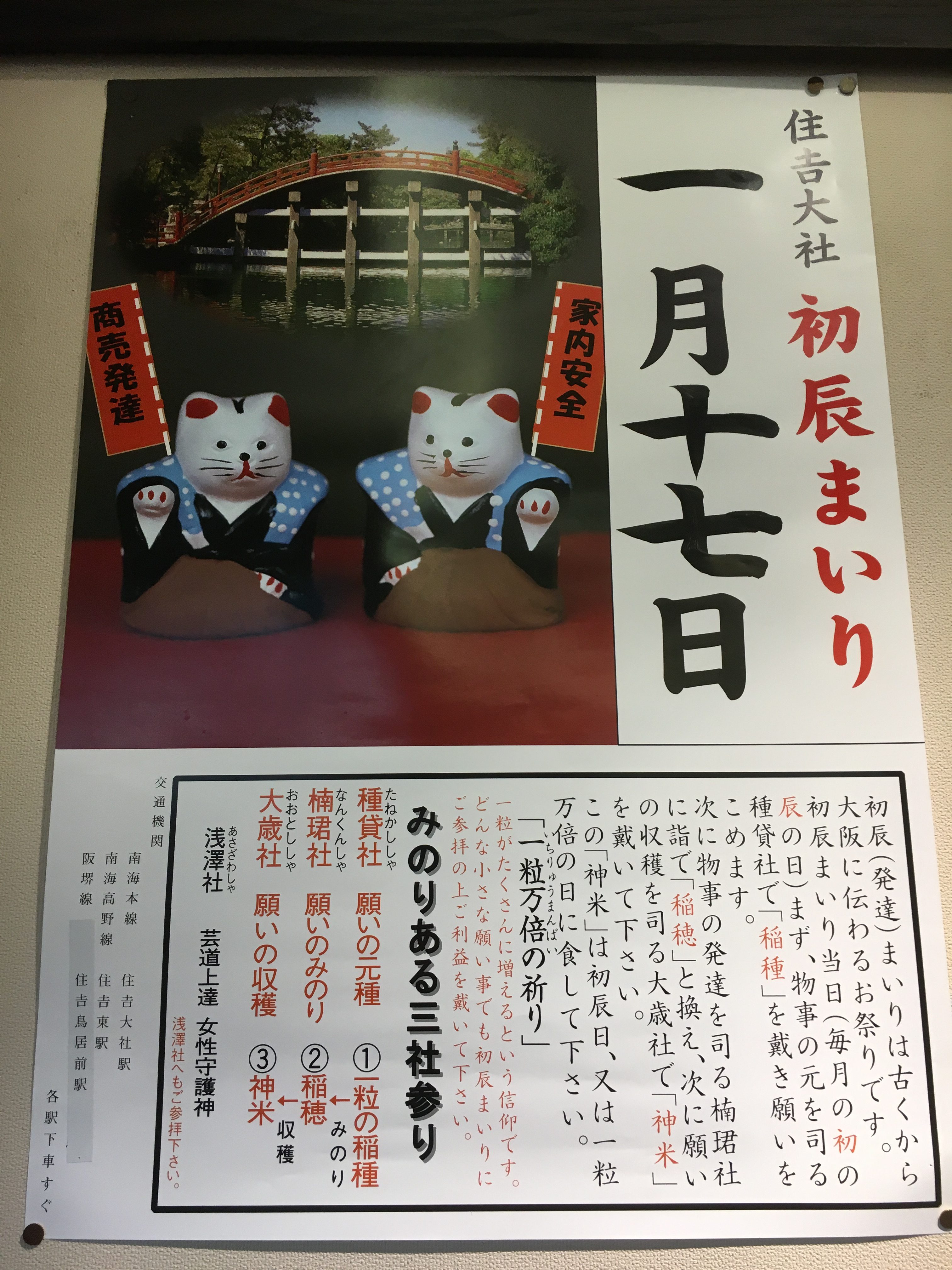
The Origins of Hattatsu Mairi
Better known by its shortened names, Hattatsu or Hattatsu-san, this festival occurs on the first dragon day of every month, which rolls around every 12 days. This cycles is based on the traditional Japanese calendar that was adopted from China. This old calendar kept track of the days of the week by combining one of the animals of the Chinese zodiac, and something called jikkan [十干], a combination of the Five Elements Theory and the Yin-Yang Theory.
You can read more about the Japanese calendar during our visit to Koushin Mairi.
Dragon Day
At Sumiyoshi, the first dragon day every month is considered to be a very fortunate, particularly for business, because the reading for development [発達] and the first dragon day, are both read as hattatsu. Additionally, if you come to hattatsu 48 times, you will be eternally fortunate in all your business endeavors. The reasoning behind this is that the word for eternal development, shijyuuhattatsu [始終発達] sounds similar to the number 48, read as shi jyuu hachi, combined with the word hattsu.

If you would like to attend Hattatsu-san, bear in mind that hattsu is never on the same day. The best thing to do, would be to check Sumiyoshi Taisha’s website, which lists all the dates they will be hosting Hattatsu-san.
Hattatsu-san takes place at the four smaller shrines in and around the shrine grounds Of Sumiyoshi Taisha. You are also supposed to visit these smaller shrines in a certain order. We have already listed the shrines in the proper order, so you all you have to do is follow along.
Hattatsu Mairi: Inner Shrines Grounds
Tanekashi-sha [種貸社]
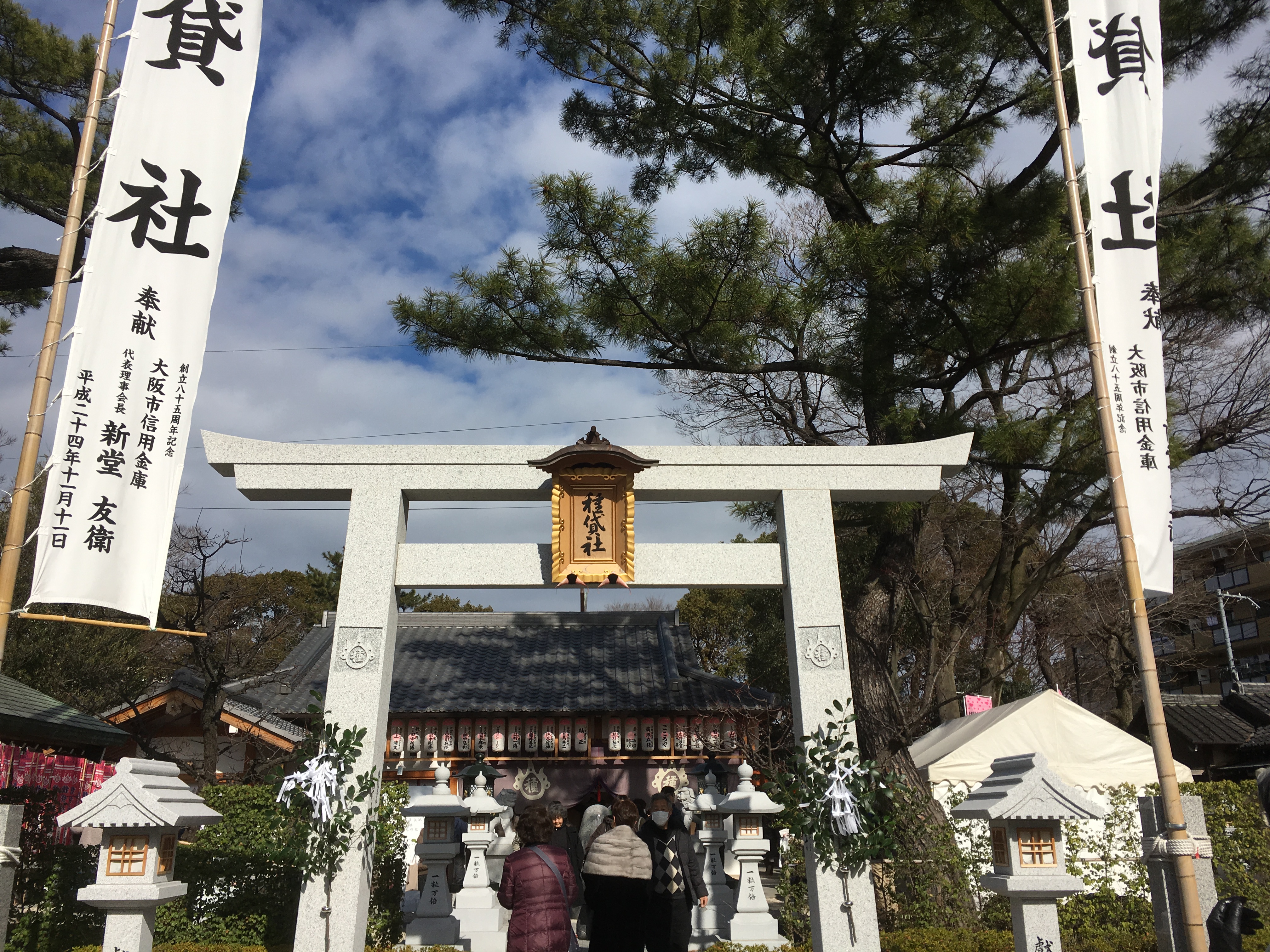
Tanekashi-sha enshrines Uka no Mitama, a goddess of grain. Since the word for seed (tane 種) is in the shrine’s name, people began visiting Tanekashi-sha in order to receive special rice seeds from the shrine endowed with the goddess’s power. Over time these rice seeds came to represent business prosperity and people would venture to get these seeds in hopes of receiving “the seeds of business fortune” and would carry them in their purses or use it a part of their capital stock.

Isshun Boshi
Many people also come to Tanakashi-sha in hope of conceiving a child because this little shrine is considered to be where the Japanese folktale Issun Boshi [一寸法師] originated, which is sort of like the Japanese version of Tom Thumb. In the story, Issun Boshi’s parents went to Sumiyoshi Taisha to pray for a child. After visiting the shrine they were able to conceive, however when the child was born he was only 3 cm tall! Despite his small stature, Issun Boshi went on to have many adventures, fitted with a small sword made from a needle. Today, Tanekashi-sha has embraced the folktale and you can find things related to Issun Boshi throughout the shrine.
A Magic Seed
Be sure to buy a rice seed at Tanekashi-sha! The seed is 800 yen, which may seem a little expensive, but play along and you will be able to exchange the seed for something else later.

Nankun-sha [楠珺社]


Once you get your rice seed from Tanekashi-sha, head over to Nankun-sha. This place is very popular for business people and is the main site for Hattatsu-san. Around Nankun-sha during Hattatsu-san there are usually an interesting variety of vendors selling things from vegetables to crafts, some of which are local specialties that can be hard to come by.
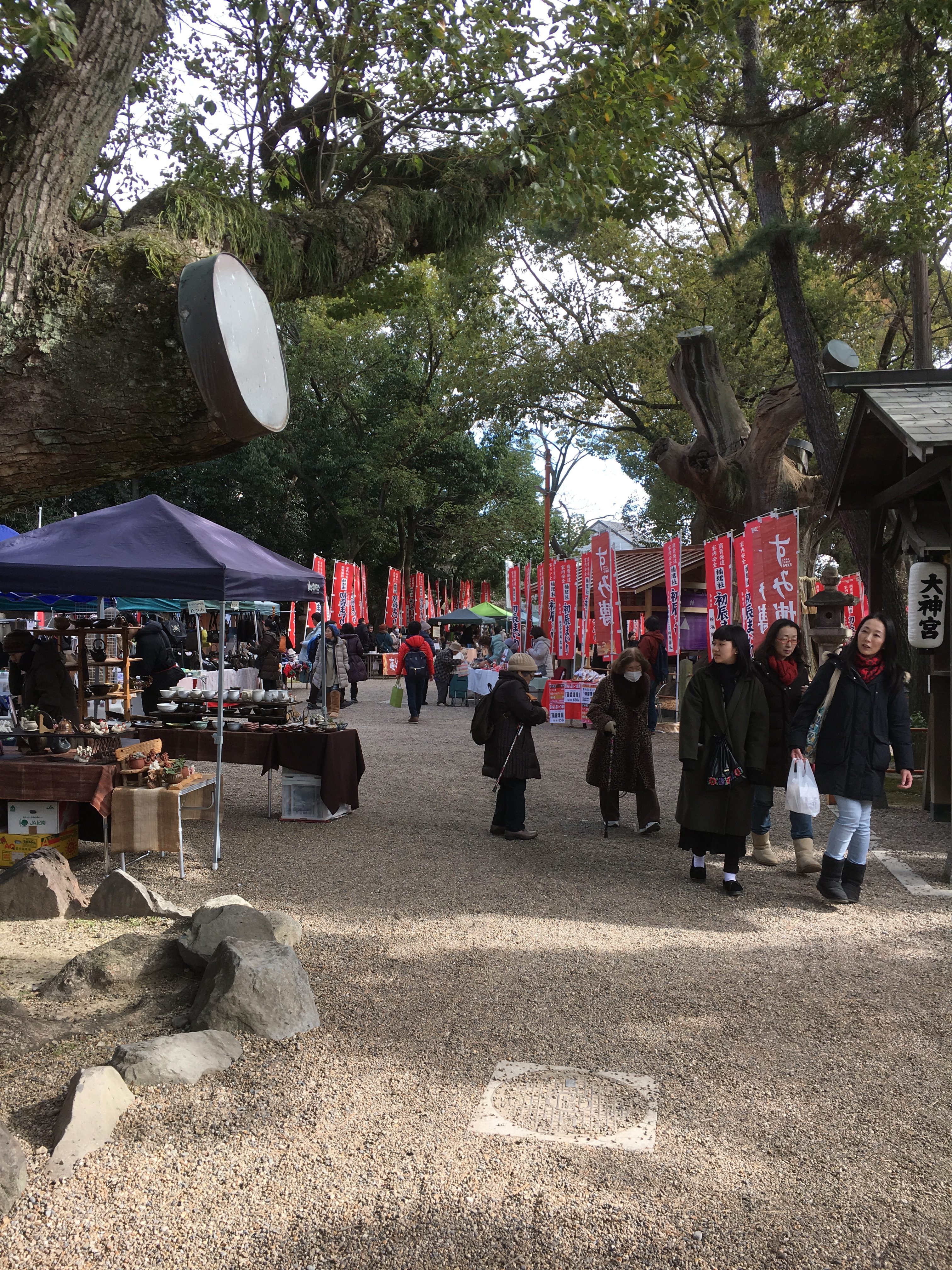
For example, this sweet potato manju, called satsuma-yaki, was a very popular during the Edo Period, but are rare today.
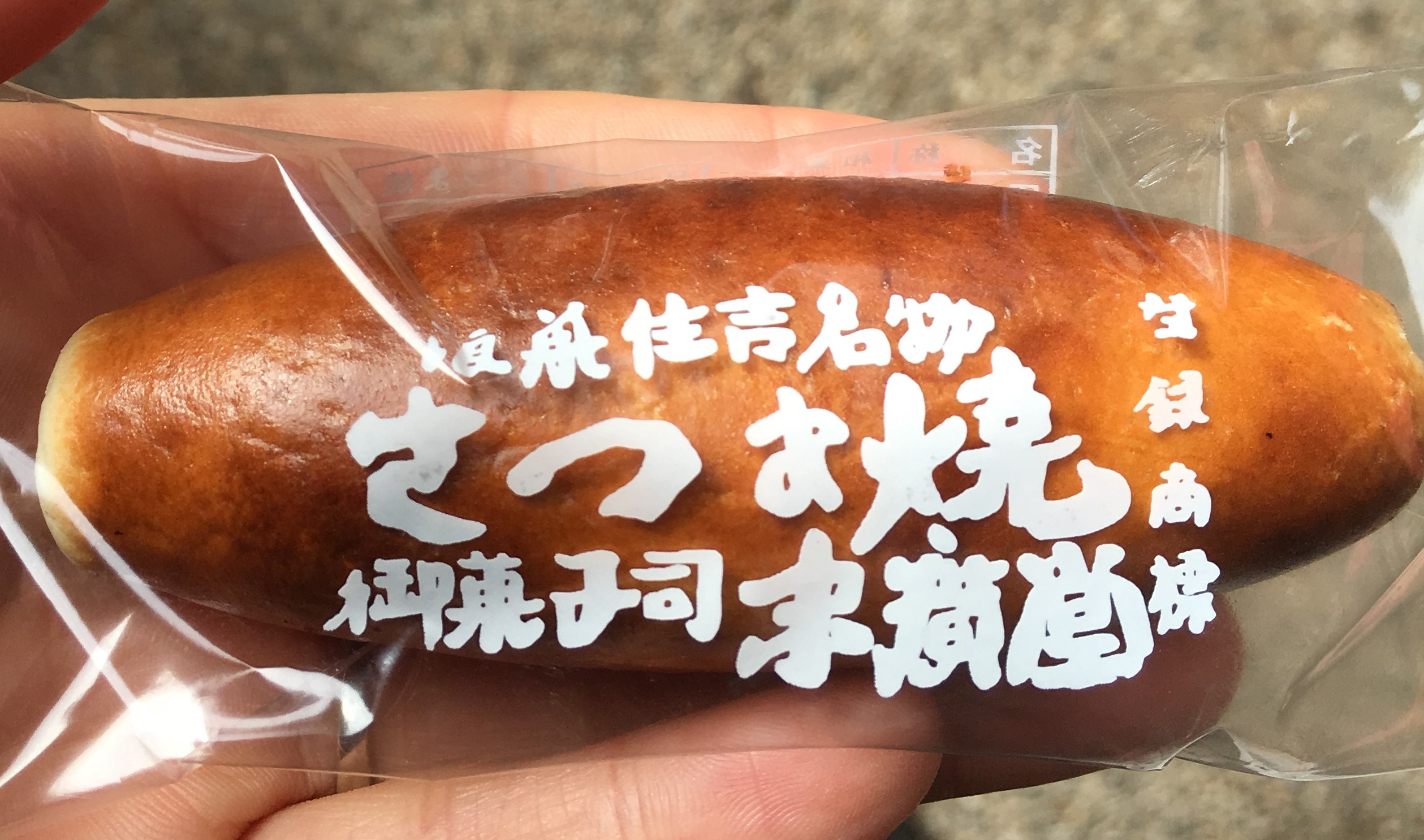
Shoufuku Neko
Probably the most advertised part of Hattasan is buying shoufuku neko [招福ねこ] at Nankun-sha. These little porcelain kitties will bring you good fortune, but only if you buy enough of them! Shoufuku neko with their left paw raised are for safety in the home, and those with the right paw raised are for business. To get the most luck possible it is better to buy a cat with his right paw up during even number months like Feb, April, June. Buy cats with their left paws up during odd number months such as January, March, May. Each time you purchase a shoufuku neko your fortune will increase. After you get 48 of them you can exchange your kitty army for one medium sized shoufuku neko.
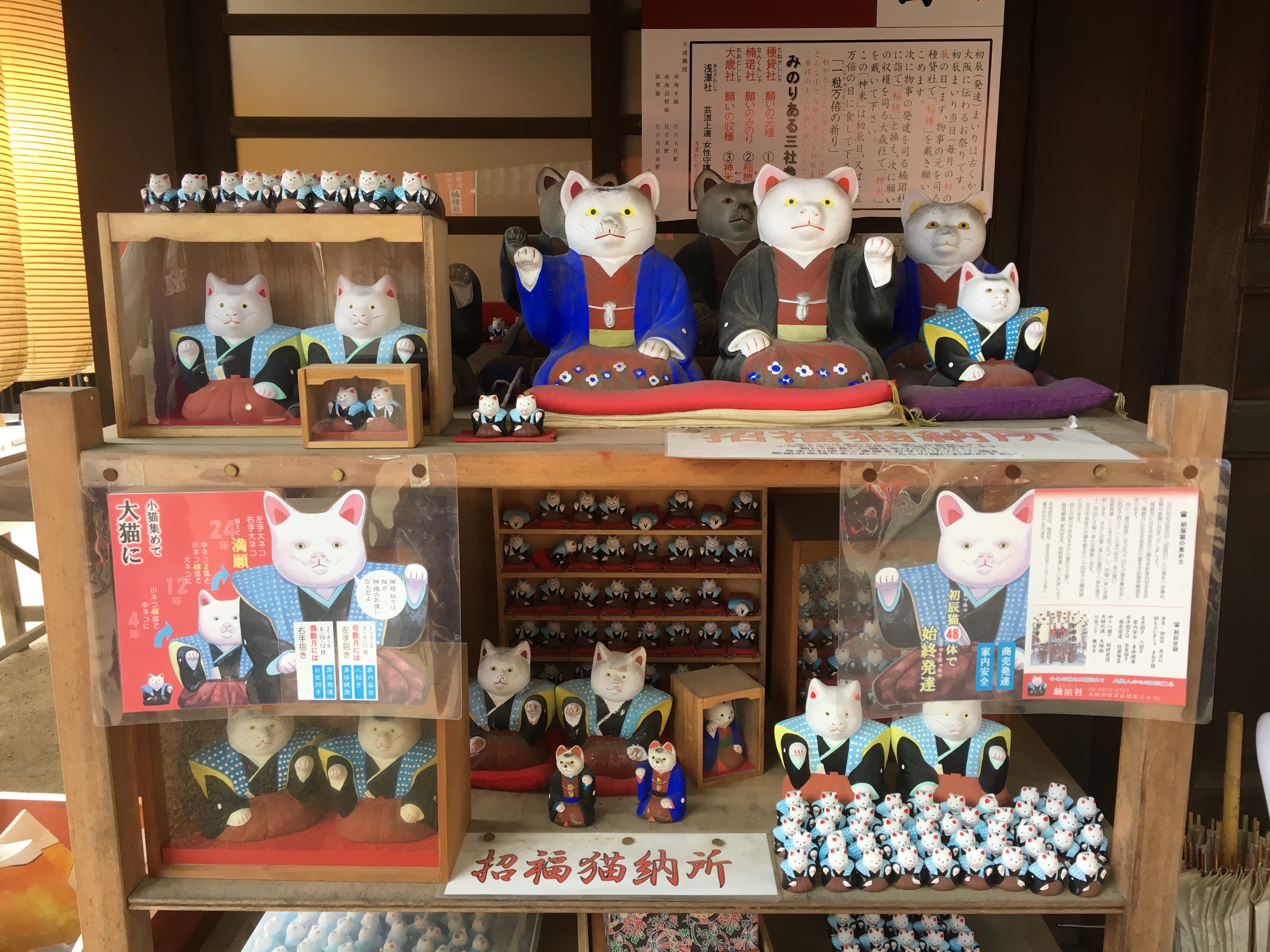
If you collect two medium sized cats with another set of 48 small cats, you can get one of the big kitties. However, this means that you would have buy a total of 144 shoufuku neko! You’d have to go to every Hattasu-san for 12 years!
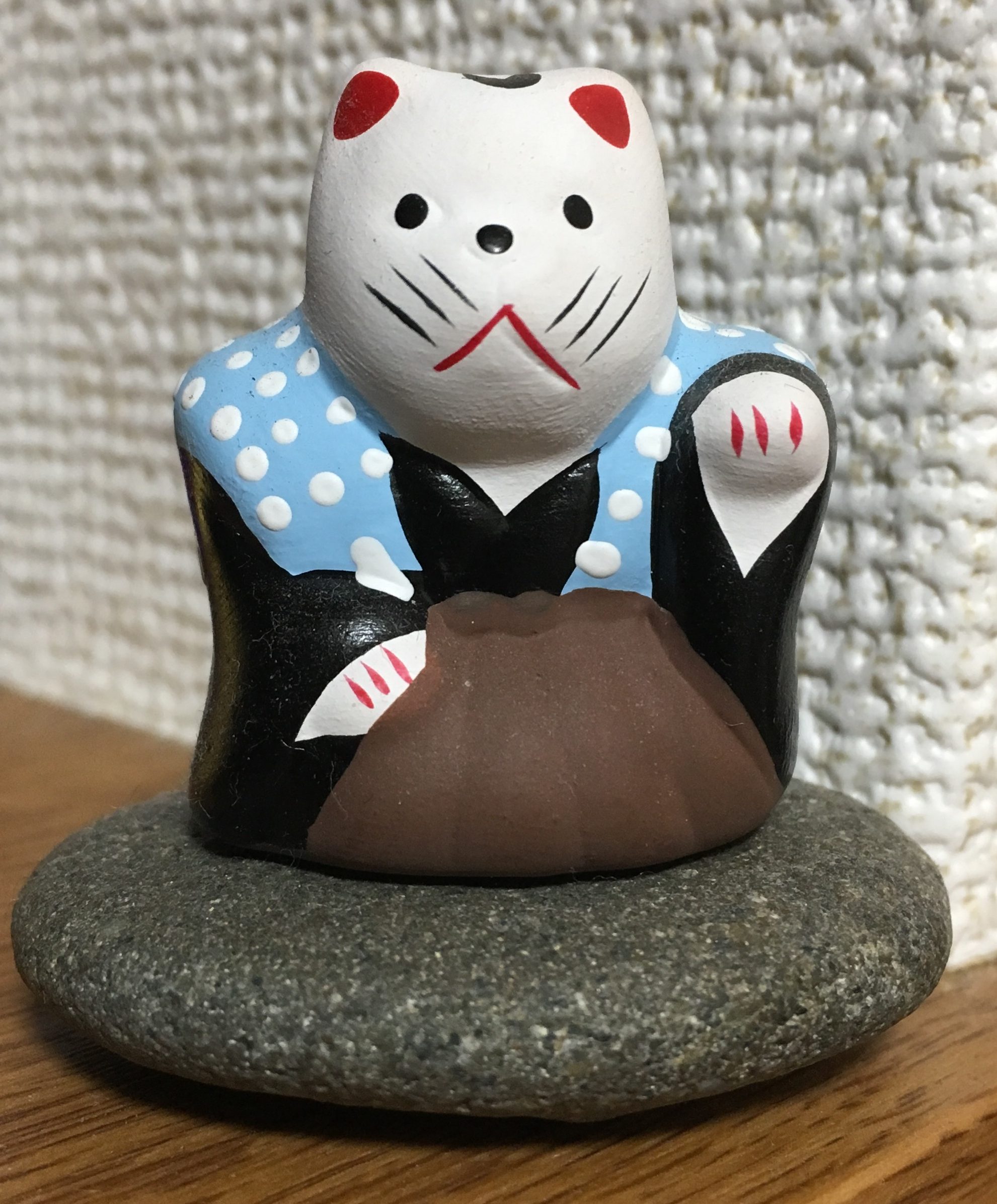
Nankun-sha’s Sacred Grain
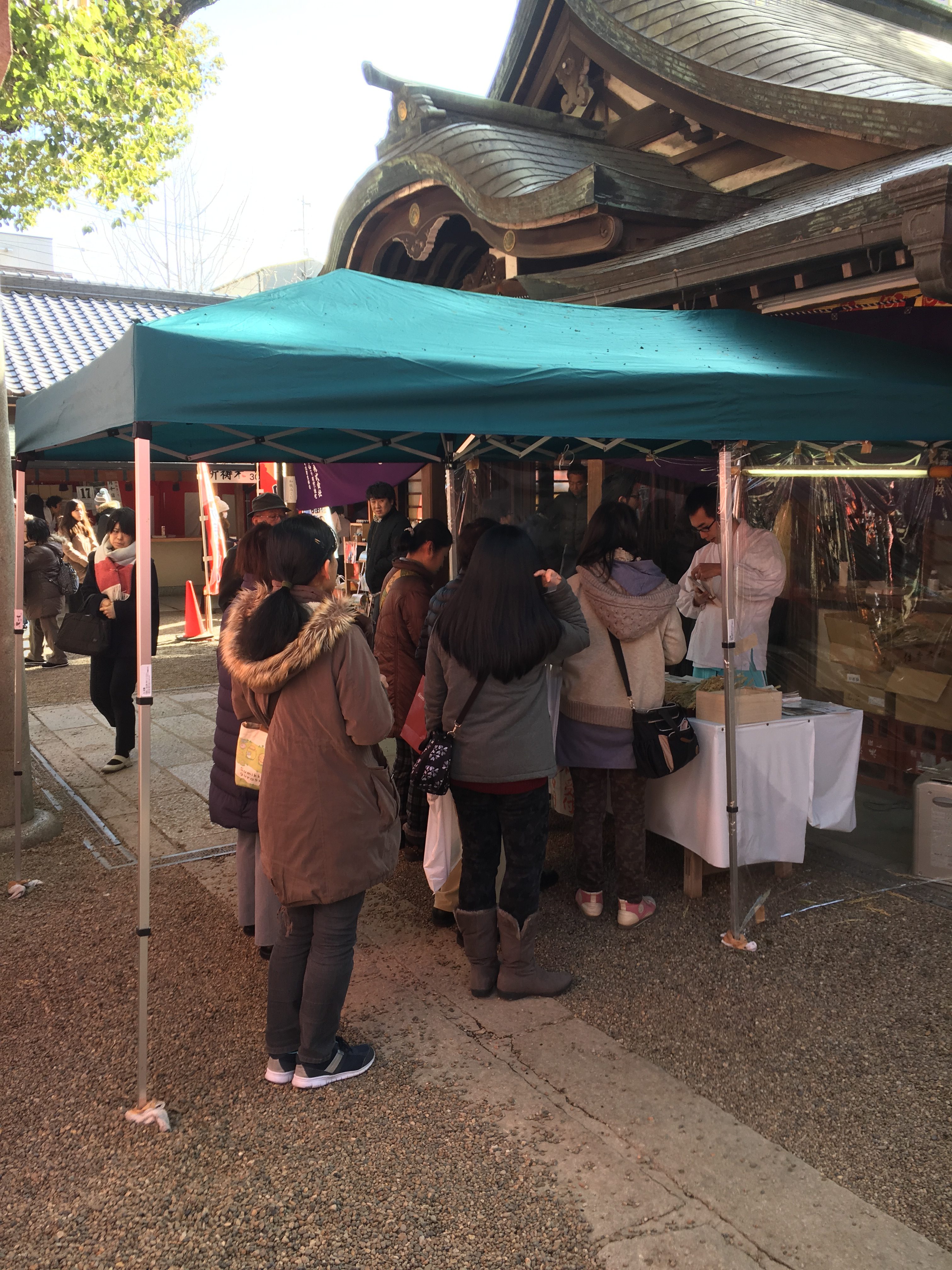
Remember that rice seed we bought at Tanekashi-sha? Exchange that seed here for a few small stalks of rice at Nankun-sha. Try not to let the grains of rice fall out, as you will need them again later.
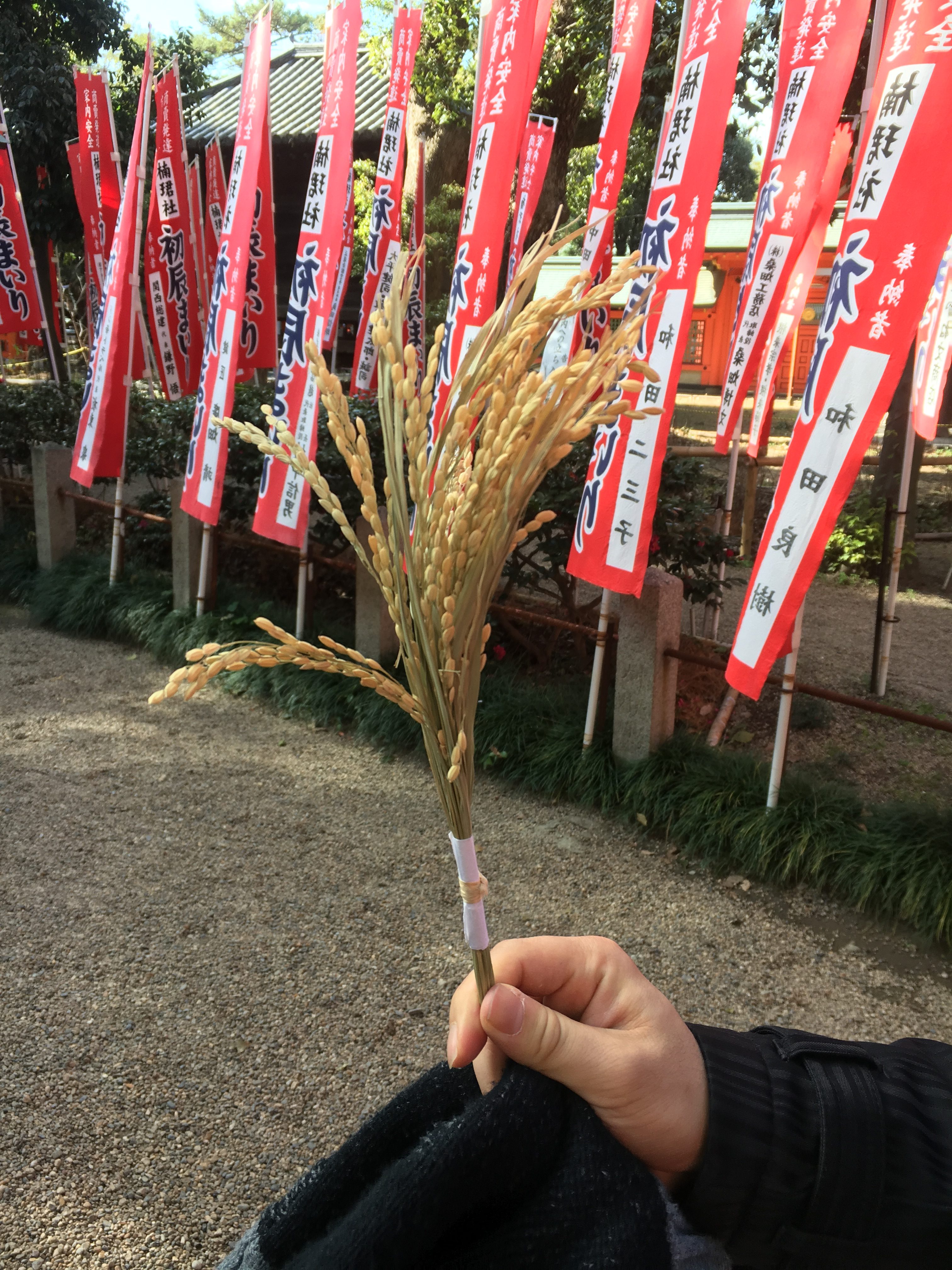
Hattatsu Mairi: Outer Shrine Grounds
Now, we that have completed the main Hattatsu events inside the Sumiyoshi Taisha shrine grounds. To complete Hattatsu Mairi, we need to go to a few more places to go just outside of Sumiyoshi Taisha.
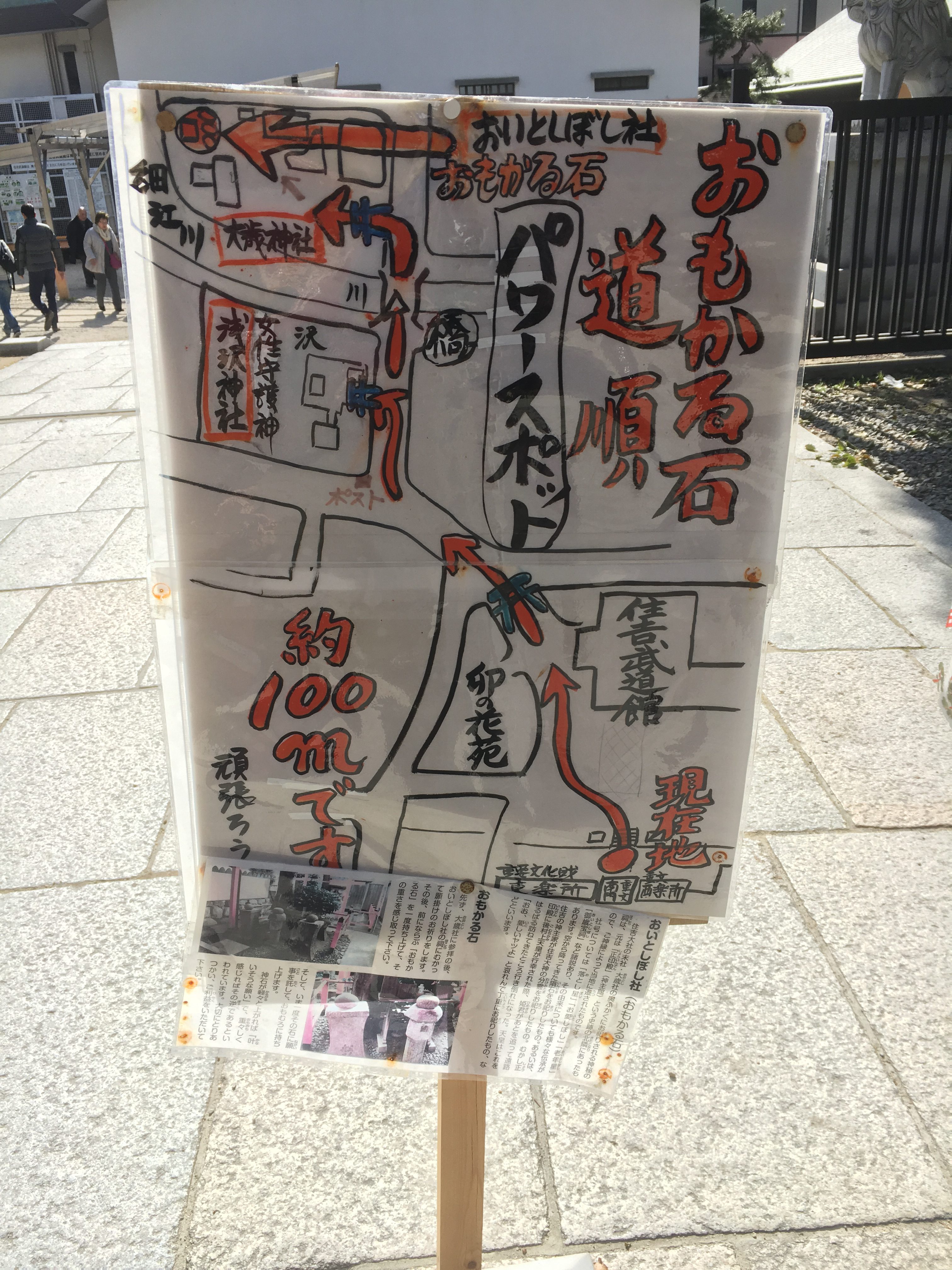
Asazawa-sha [浅沢社]

Surrounded by irises just outside of the south gate of Sumiyoshi Taisha is Asazawa-sha. This shrine is exclusively for female artists and beauty. You can find the names of the many famous female artists and kabuki actors who’ve come here on the red lanterns in the shrine. Asazawa-sha is home to the goddess Ichikishima-hime, one of the Munakata Gods; a god born of Izanami and Izanagi during the creation of Japan.

*The best time to see the irises in full bloom is in May
Ootose-sha [大歳社]
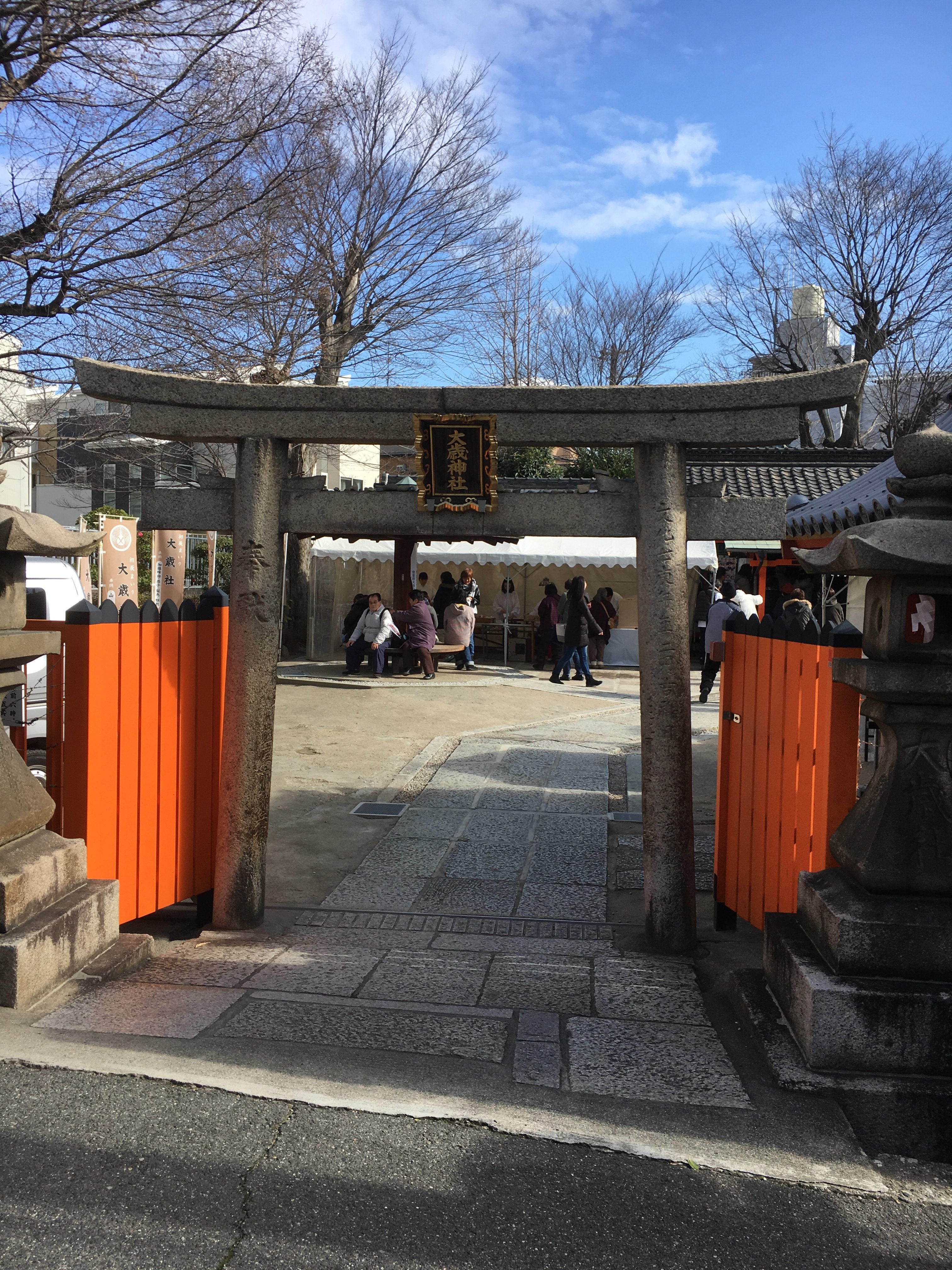
The last shrine you are supposed to visit during Hattatsu is just a few steps away from Asazawa-sha. Ootose-sha enshrines Ootoshi no Kami, the god of rice harvesting. Luckily, you have brought him an offering! Exchange the stalk of rice you got just a little while ago at Nankun-sha here for small amount of rice that is organically grown and harvested at Sumiyoshi Taisha.

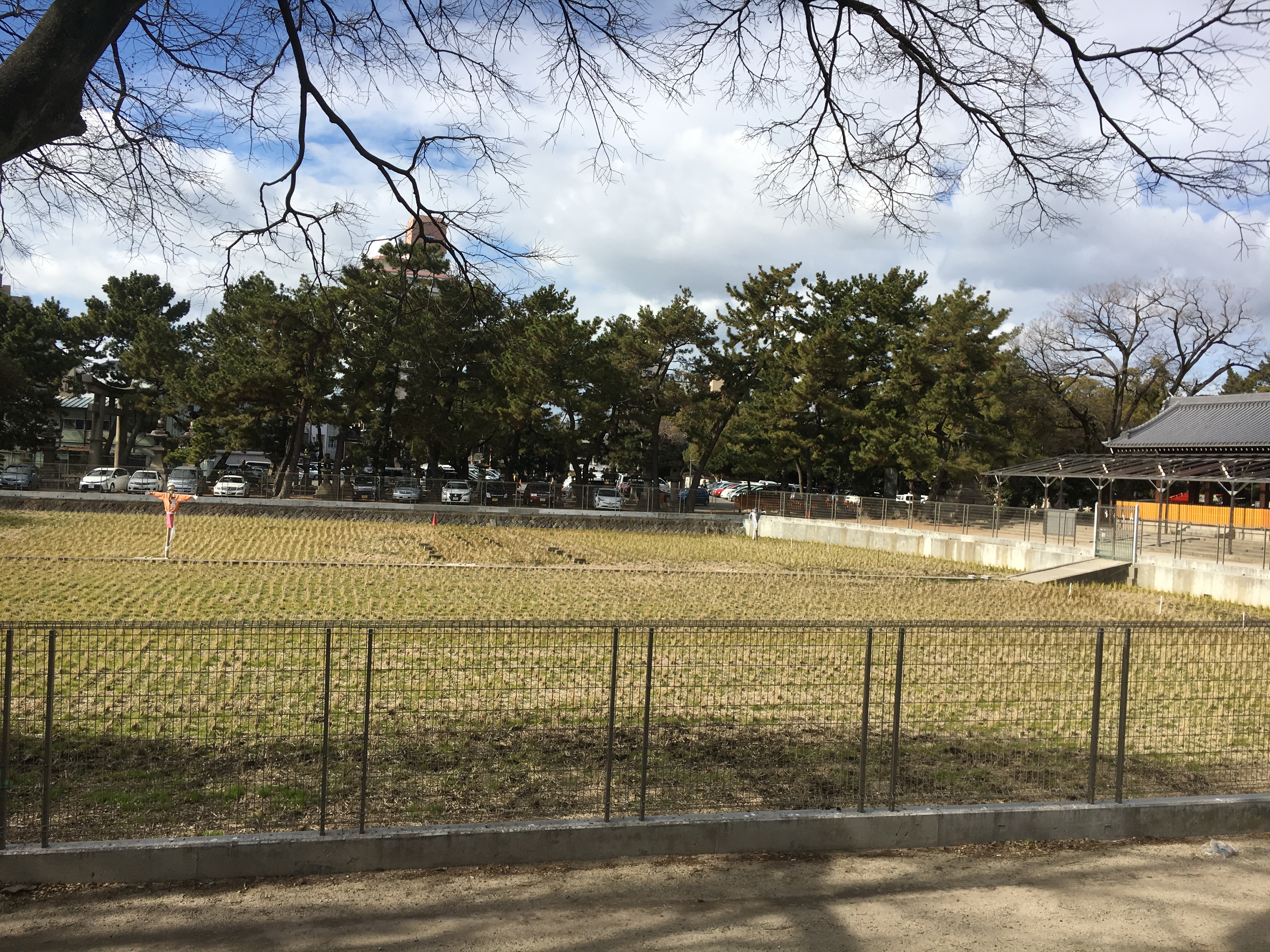
In the main part of the shrine where you will find these three rocks. If you have a goal you are trying to achieve, these rocks can tell you how close you are to realizing it. You only need to lift one of the rocks, so whichever one you feel like lifting is fine.
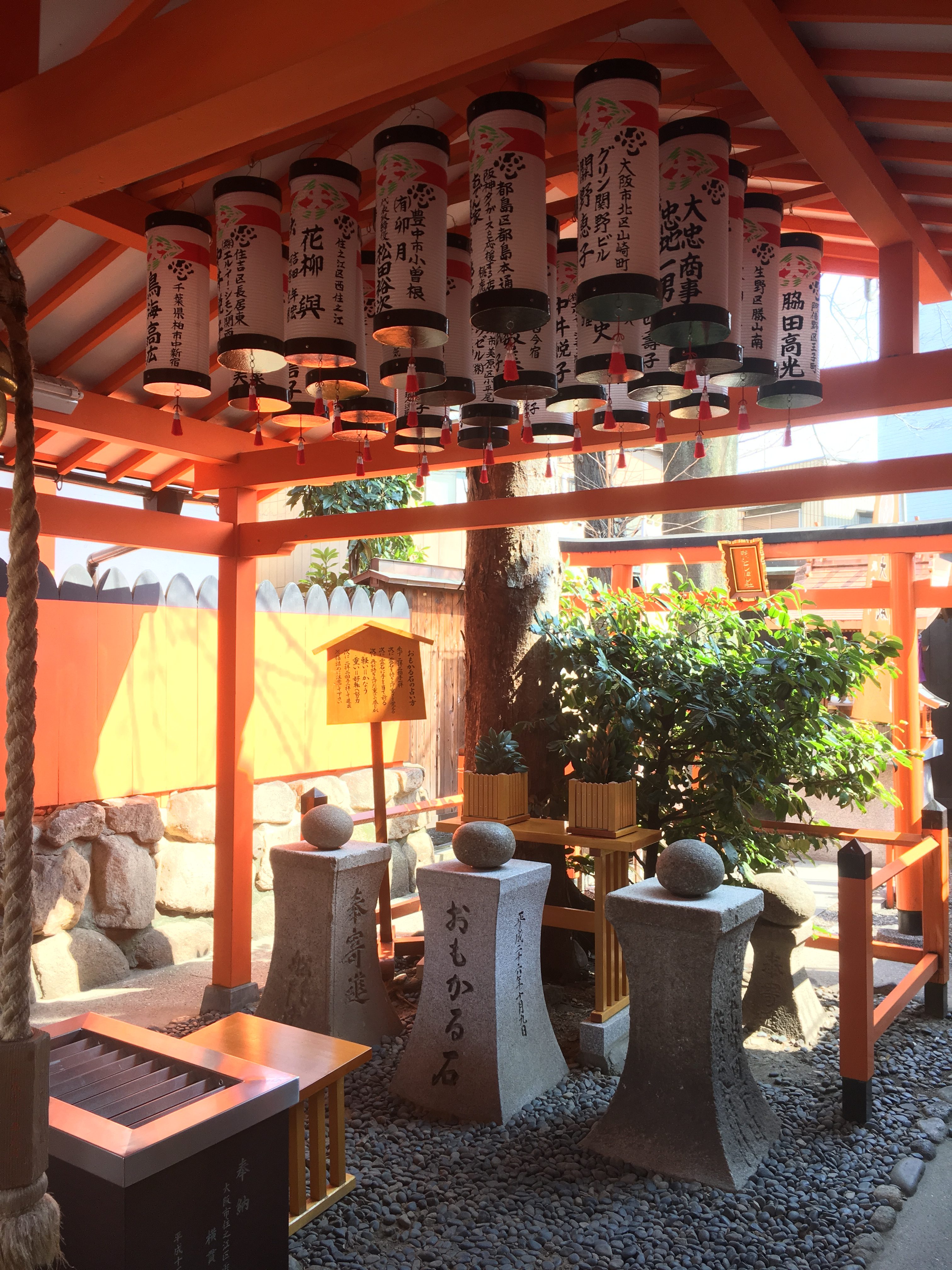
Stand in front of your chosen rock bow twice, clap twice, then bow again one last time. Now pick up the rock. Make a mental note of how heavy the rock is before putting it down. Take a second and visualize your goal. Pick up the rock again. Is it heavier? How much heavier is it now than it was before? If you feel the rock is heavier than it was before, your goal is still out of your grasp. On the other hand, if the stone feels lighter that means you will realize your goal soon!
Experience Something Different
There you have it! All your side quests are complete and you have successfully fulfilled a trip to Sumiyoshi during Hattasu-san. Hattasu is a very local festival, and if you are lucky enough to be around when it happens, you should check it out.
Coming next time,
Sunset on the Seven Slopes of Tennoji
The adventure continues…
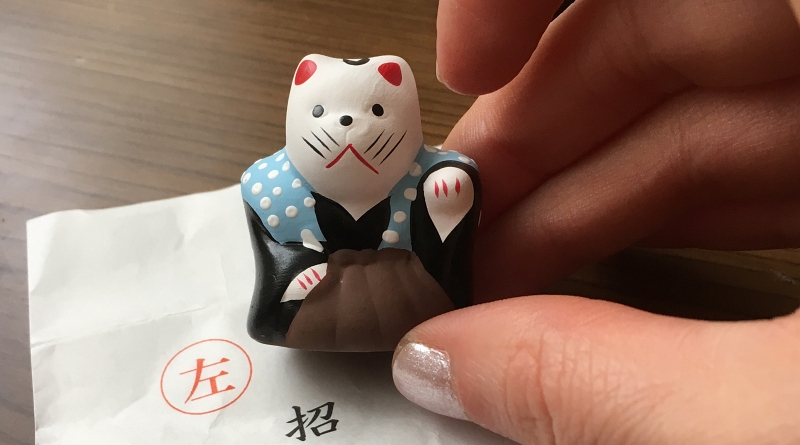
Leave a Reply